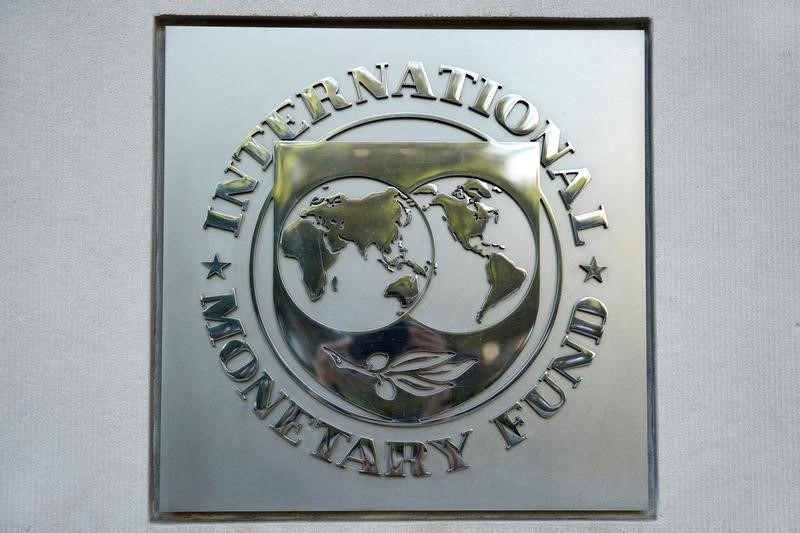By Geoffrey Smith
Investing.com -- Gold prices drifted fractionally higher on Monday as U.S. markets remained closed for the Martin Luther King holiday while European ones were content to await the European Central Bank’s policy meeting later this week for clues as to how long the current regime of negative interest rates will last.
Prices ticked up slightly after the International Monetary Fund kept its gloomy outlook for 2020, shaving its forecast for global growth this year to 3.3% from 3.4% in October. It also cut the forecast for 2021 by 0.2 percentage point to 3.4%, due chiefly to the slowdown in India and other emerging markets.
The IMF cited “rising geopolitical tensions, notably between the United States and Iran, intensifying social unrest, further worsening of relations between the United States and its trading partners, and deepening economic frictions between other countries.”
In the only data release of note earlier, Germany’s producer prices had rebounded in December but were still down 0.2% on the year, in line with expectations.
By 8:30 AM ET (1330 GMT), gold futures for delivery on the COMEX exchange were at $1,560.55 a troy ounce, unchanged from Friday’s close, while spot gold had edged 0.3% higher to $1,56048. an ounce.
Elsewhere, silver futures fell 0.1% to $18.06 while platinum rose 0.3% to $1,028.00. Palladium, an industrial metal rather than a store of value, rose 3.0% on further concerns about supply out of a South Africa suffering from an energy crisis, rising briefly above $2,300 for the first time before retracing to $2,288.55 by 8:30 AM ET.
Precious metals received no visible support from the unrest at the weekend in Iraq, which contributed to a modest spike in oil prices. The dollar, however, did remain well bid, something that usually puts downward pressure on the dollar-denominated gold price.
Private-sector economists have been quicker then the IMF to cast off their 2019 pessimism. Analysts at TS Lombard in London see the euro area, notably, growing as much as 1.2% this year, although lead author Davide Oneglia noted that the region’s dependence on external demand remains a key risk.
Hopes for a post trade-deal rebound have the potential to undermine precious metals, especially in the second half of the year, as the worst of the U.S.-China struggle recedes further into the past.
Current prices are already at the 2020 peak expected by analysts at JPMorgan (NYSE:JPM) led by Natasha Kaneva. They see gold holding this level through June but then falling around $100 by year-end.
By the same token, they also see “ample room in the positioning” of metals such as Aluminum, Nickel and Zinc for those bellwethers of industrial activity to rebound this year. However, they argue that copper has run a little too far too fast.
